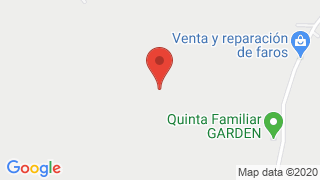Tsáchila Ethnographic Museum
Participatory community ecological tourism, generating new recreation alternatives for both domestic and foreign tourists located in the province of Santo Domingo de los Tsáchilas- Ecuador.



In Santo Domingo de los Tsáchilas in the Chigüilpe commune is located the Tsáchila Ethnographic Museum is a museum that collects the customs and traditions of the Tsáchila people , sharing them with visitors.
What should you know?
- Tourists are integrated into the experiences of this ancestral town and in this way they share their traditional knowledge and customs .
- Live the experience of physical healing and spiritual healing , through the medicinal use of ayahuasca .
- The museum does not have, block or cement walls, it is an outdoor exhibition and in this way replicate how the tsáchilas lived when they settled in the jungle area of Santo Domingo
- There are cabins made with cane guadua and straw toquilla, similar to the homes of their ancestors. In the huts the ancestral rituals are performed.
- Address : Vía Quevedo km7 Left bank of Chiguilpe commune, Wapilu sector
- Contacts : 0986786691 Augusto Calazacon, 0989557392 Manuel Calazacon
History Tsáchila Ethnographic Museum
- The Tsáchila nationality is one of the few pre- classic ethnic groups native to Ecuador that still conserves and manages most of its culture due to the isolation in which they have lived for years,
- The Tsháchila nation is divided into seven communities: Chigüilpe , Poste , Peripa , Congooma , Mapali , Naranjos and El Búa .
- The communal organization has a political, social and cultural importance, besides being a means of defense against external forces and a way of maintaining its identity.
- Its native language is Tsafik , spoken since ancient times and today, the Tsáchilas are knowledgeable of the Spanish language, for the migration of people towards ethnicity and vice versa.
- Additionally, this museum offers a sample of handicrafts and textiles made by women of the nationality, which can be acquired by tourists. The fabrics are made with hand looms using the technique of their ancestors and in this way they maintain their customs and use the typical clothes.
- Tourists who visit it have the opportunity to know through a tour the medicinal plants living in its habitat used by vegetable growers, with this process they have managed to recover the flora that was becoming extinct,
- The ecomuseum tries to conserve the local flora and fauna and create ecological, cultural, historical awareness for the people who visit it..

Publicado en:
Publicado por:



